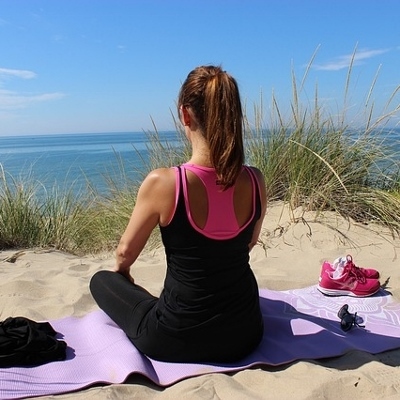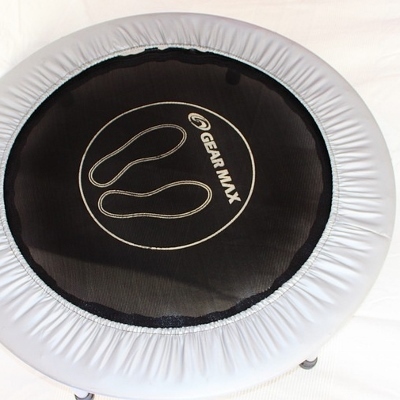 Have you ever had a pain in your shins that feels like it’s ripping vertically through your shin? If you answered  yes, then you probably know what shin splints feel like.
Have you ever had a pain in your shins that feels like it’s ripping vertically through your shin? If you answered  yes, then you probably know what shin splints feel like.
Many people get shin splint pain when they first start a new walking program. I don’t just mean a new program altogether in terms of starting from mile zero. New walking programs could mean a change in shoe style or a change in pace or stride. Overstriding has been known to cause shin spints. High wedged heels often cause shin splints as well.
The pain goes away, but if you do not change anything about your lifestyle, then there is a chance that you will be seeing them back again! Preventative work is very important when it comes to shin health.
There are a few things to think about while you are walking. The first, and most important one, is to make sure that you are not overstriding. Keep your stride longer in the back and shorter in the front. The next step is to make sure that you have the right type of shoes. You should search for a pair that is relatively flat and that does not have a built-up heel. Speaking of shoes, do not think for a moment that just because all you do is walk, that you can get away with wearing old shoes. Do not be afraid to retire your shoes if they are starting to show signs of old age. Plus, you will probably feel it too. Shoe cushioning tends to become less effective after 500 miles of use, and dead shoes have been known to be associated with shin splints and calf cramps.
Other than your stride, there are a lot of other things that you can look out for during your walk. For example, try to be conscientious of what you are walking on.  Try to walk on the softer options such as the grass. That’s much less direct on your shins. Another idea is to keep your legs warm. An easy solution is to wear long socks. Some other things to try before walking area: ice your shins and warm up.
In any case, please make sure to see someone if the pain does not go away.





